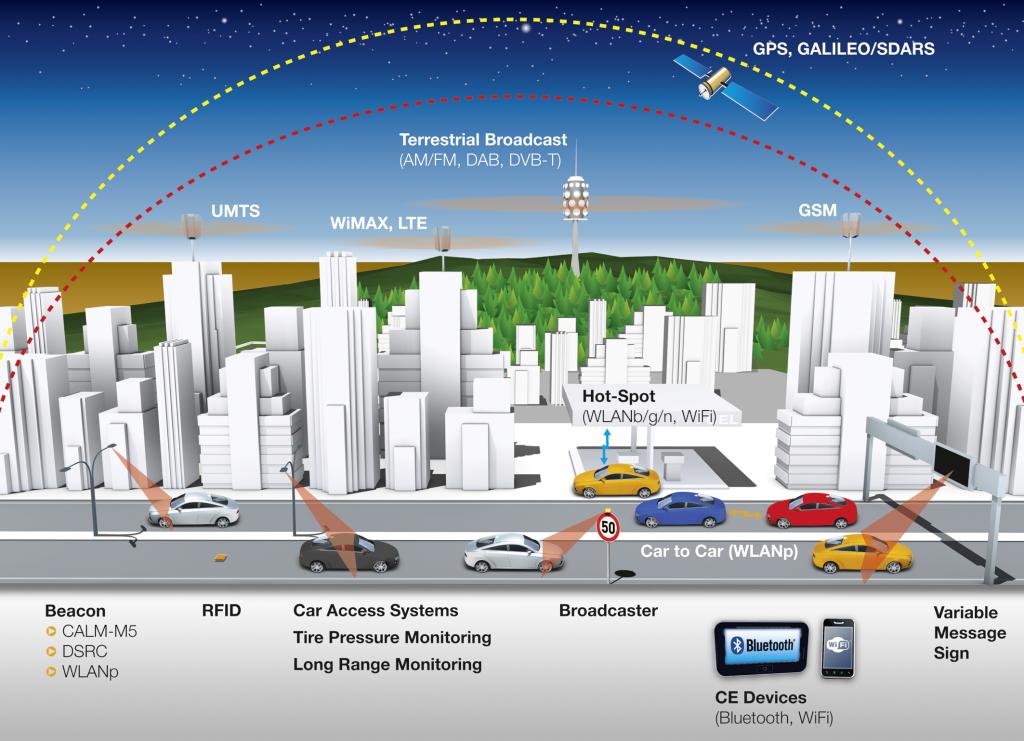European GNSS benefits showcased at the International Conference on Connected Vehicles

The European GNSS Agency (GSA) participated in the third International Conference on Connected Vehicles & Exhibition (ICCVE), held in Vienna from November 3-7. The conference gathered industry leaders, policy-makers, scientific associations and experts to present the latest innovations and advances in connected vehicles and provide a platform for sharing best practices.
The third International Conference on Connected Vehicles, held in Vienna from November 3-7, brought together a wide range of industries and operators working in the connected and automated vehicles market segment, including the European GNSS Agency (GSA), who participated in several sessions where they presented the innovation created by European GNSS and supported by the European R&D projects of the 7th Framework Programme.
“Connected Vehicles represent a fast-emerging market segment that can profitably and efficiently be served by EGNOS now and, very soon, Galileo,” says GSA Deputy Head of Market Development Fiammetta Diani. “The robustness and accuracy provided by Galileo signals will support and stimulate a range of services and features available both at the vehicle and infrastructure level.”
Also Read: Joint Galileo Optimization and Vehicular Ad-Hoc Networks (VANET) Enhancement
The Future of GNSS – Galileo
One of the key questions participants tackled concerned which technologies will pave the way for automated vehicles, and which industry sector is expected to take a leading role.
Based on the successful track-record of GNSS in other market segments, the consensus is that it is the best candidate for this role.
The future of connected cars and intelligent transport systems depends on a multi-constellation GNSS that provides more accurate positioning, more robustness against jamming and integrated navigation complemented by sensor fusion. GNSS is already assisting several road transportation applications, with navigation being the most widespread. For example, satellite road traffic monitoring, fleet management, insurance telematics and connected vehicles all rely on GNSS.
EGNOS and Galileo both play a key role in this environment. Galileo, for instance, will benefit the connected vehicles industry to offer and develop new value-added services. Galileo also will provide protection against spoofing attempts, facilitating the process for a legal use of GNSS positioning in several regulated road applications.
-
GSA Deputy Head of Market Development Fiammetta Diani
Media note: This feature can be republished without charge provided the European GNSS Agency (GSA) is acknowledged as the source at the top or the bottom of the story. You must request permission before you use any of the photographs on the site. If you republish, we would be grateful if you could link back to the GSA website (http://www.gsa.europa.eu).
More information:
How connected are satellite navigation and connected vehicles?
Seeking the candidate technology to drive the Automated Vehicles market
The European GNSS Agency
EGNOS Road
EGNOS LBS